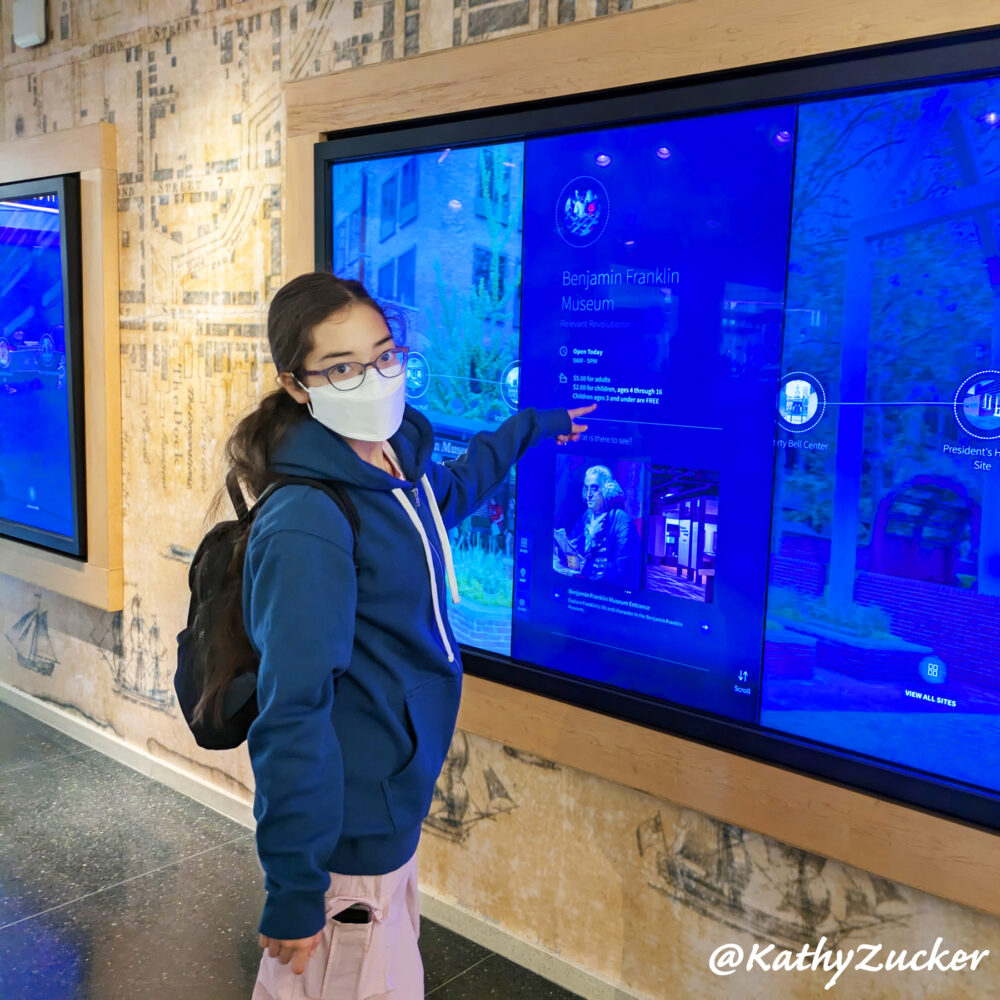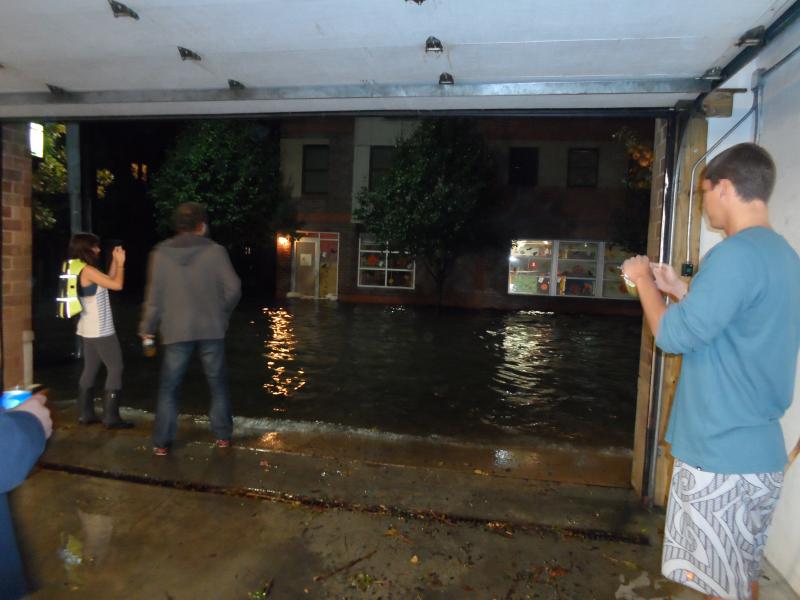Many years ago, I gave Kindle Paperwhites to all three of my children. The whole family reads the same books, which at this point number in the thousands. Eleanor is reading along with Emily’s college coursework. If you look in Eleanor’s backpack, you will find her Paperwhite with duct-taped corners, a water bottle, and various Crocs charms.
I first used a Kindle Paperwhite in 2012. It turned out to be an essential emergency tool since the battery lasts for a month on a single charge, plus incorporated lighting allows you to read in the dark.
~~~
Works Cited
Jolly, Jennifer. “Hurricane Florence: What you need when disaster strikes.” USA Today, 14 Sept. 2018, https://www.usatoday.com/story/tech/2018/09/13/hurricane-florence-tech-you-need/1297831002/.


